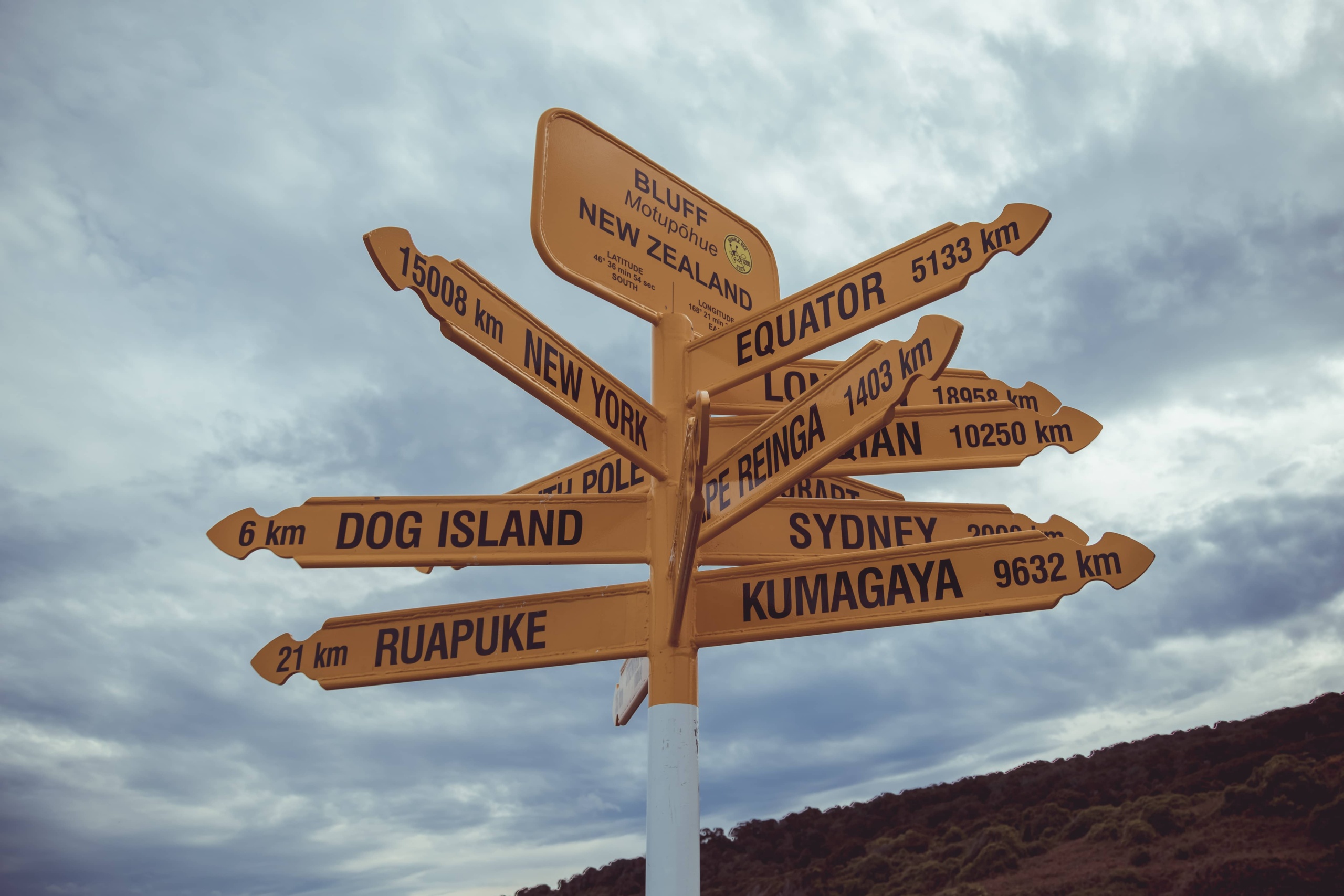Tour operators role in encouraging sustainable travel
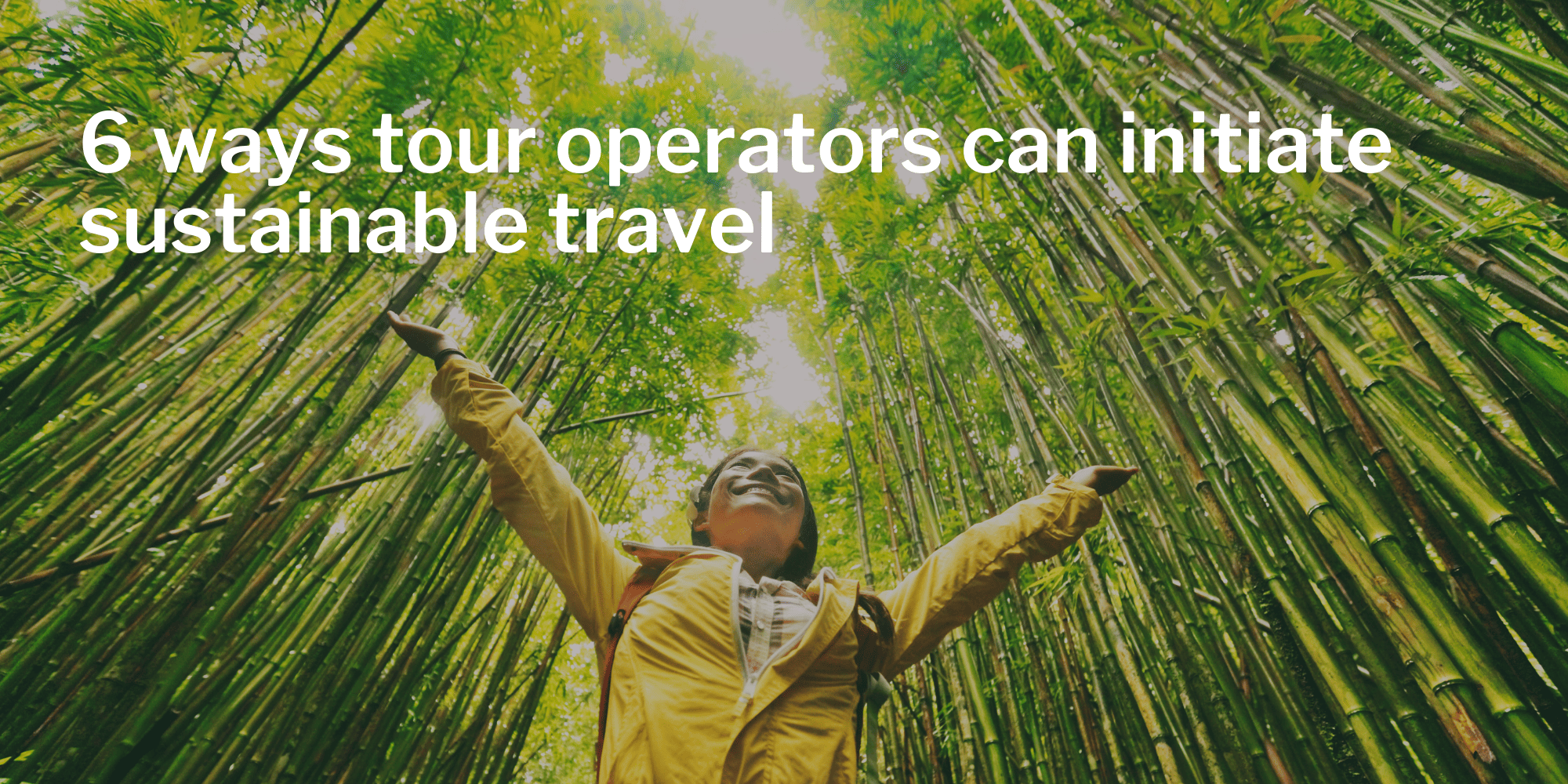
Every Earth Day 100 billion people pause to think and act on environmentally friendly initiatives. But what would happen to our planet if every day of the year we kept that momentum going? Travel is considered one of the biggest contributors to carbon emissions largely due to planes, cruise boats and cars releasing large amounts of CO2 emissions per trip. Now, imagine the impact on the planet if all those 100 billion people decided to travel in a more environmentally conscious manner.
In this blog, we explore practical ways that tour operators can encourage people to travel more sustainably from the very start of their travel journey through to the end when they have returned home.
Help the traveller choose their destination
Encourage travellers to think about how far they want to go. The further they travel away from their home the more carbon emissions are created. For reference, a car travelling 200 miles (321km) will contribute 120 pounds (54kgs) of carbon emissions. Whereas over the same distance a plane will contribute 109 pounds (49kgs) of carbon emissions.
Another option is to highlight to travellers certain destinations that have started planning and coordinating efforts and initiatives that will help make their towns and cities become more sustainable. Put these destinations higher up on their list, because travellers will find it more fulfilling to visit them. Through their travels they will be able to see for themselves the impact a local sustainability focus has on the environment of the destination.
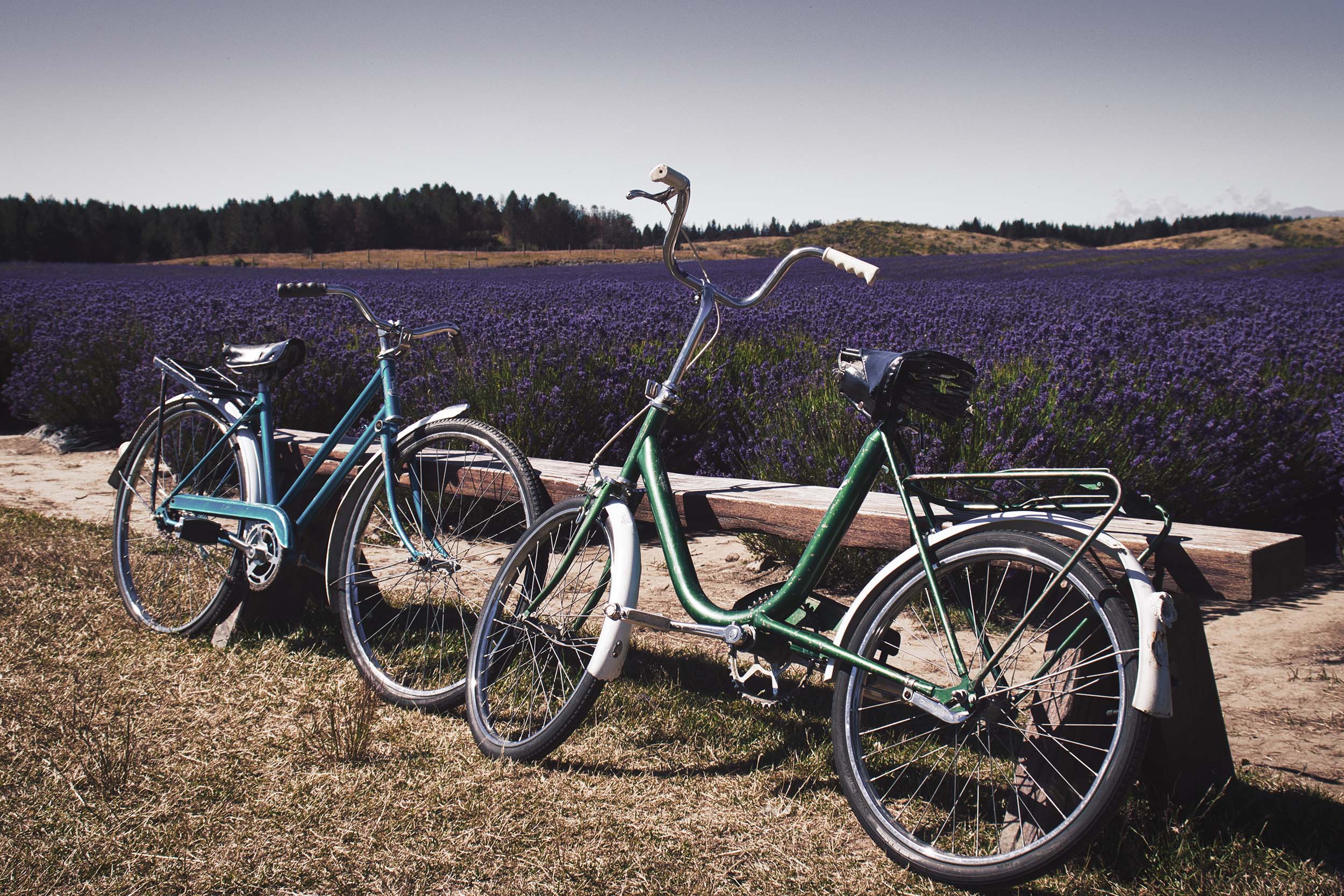
Select transport options for the traveller
Encourage travellers to consider slower travel to get to their destination. This also gives tour operators a chance to show off all the little spots along the route to the destination that they know of and add little nuances the travellers will enjoy. By encouraging slower-paced travel, tour operators can also choose transportation that will become a point of difference for the travellers; such as walking, biking, sailing or using public transport. This choice will not only lower the trips’ carbon emissions, but also give your travellers time to explore along the route and enjoy the overall journey.
Tour operators and travel experts alike are the ultimate organisers. So any traveller wanting a sustainable trip can rest easy knowing their tour operator is going to make a clear and well thought out route for their journey. By creating a clear plan, tour operators can ensure they limit the number of times their travellers will have to double back through the same area. It will also allow them to create the right flow between locations so the traveller can experience the journey at the right pace and in the right order. This means you can ensure the traveller sees the best of both the destination and the journey. As a result, the traveller is not seeing the same landscapes twice, therefore spending less on fuel, and cutting down on energy and carbon emissions.
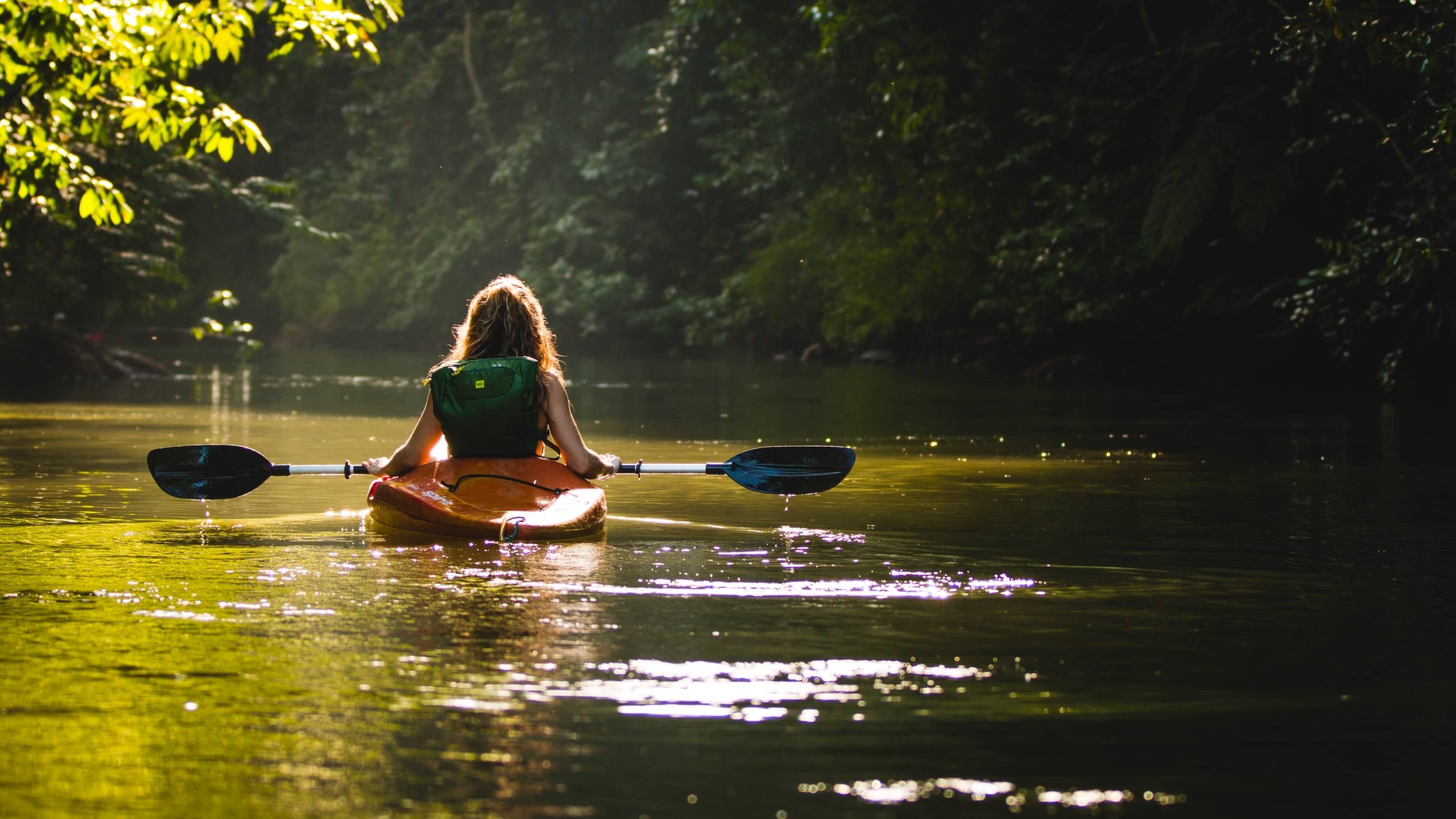
Plan activities for the traveller to do at a destination
For tour operators choosing which activities they want their travellers to experience and do at the destination, consider which company runs the activity. Try and choose activities that are locally owned and operated by a person from the destination itself. This way, the traveller gets an authentic experience and the money remains in the community at the destination.
When researching any new activities or attractions that you haven’t built a relationship with yet, take note of if they have a type of sustainable certification, such as Green Globe. These could be an international certification process or a programme specific to the destination. If they don’t have certification, check to see if they discuss any sustainable practices they have put in place at their company to protect the environment. Specifically, if the attraction uses and protects the natural environment at the destination as part of their experience.
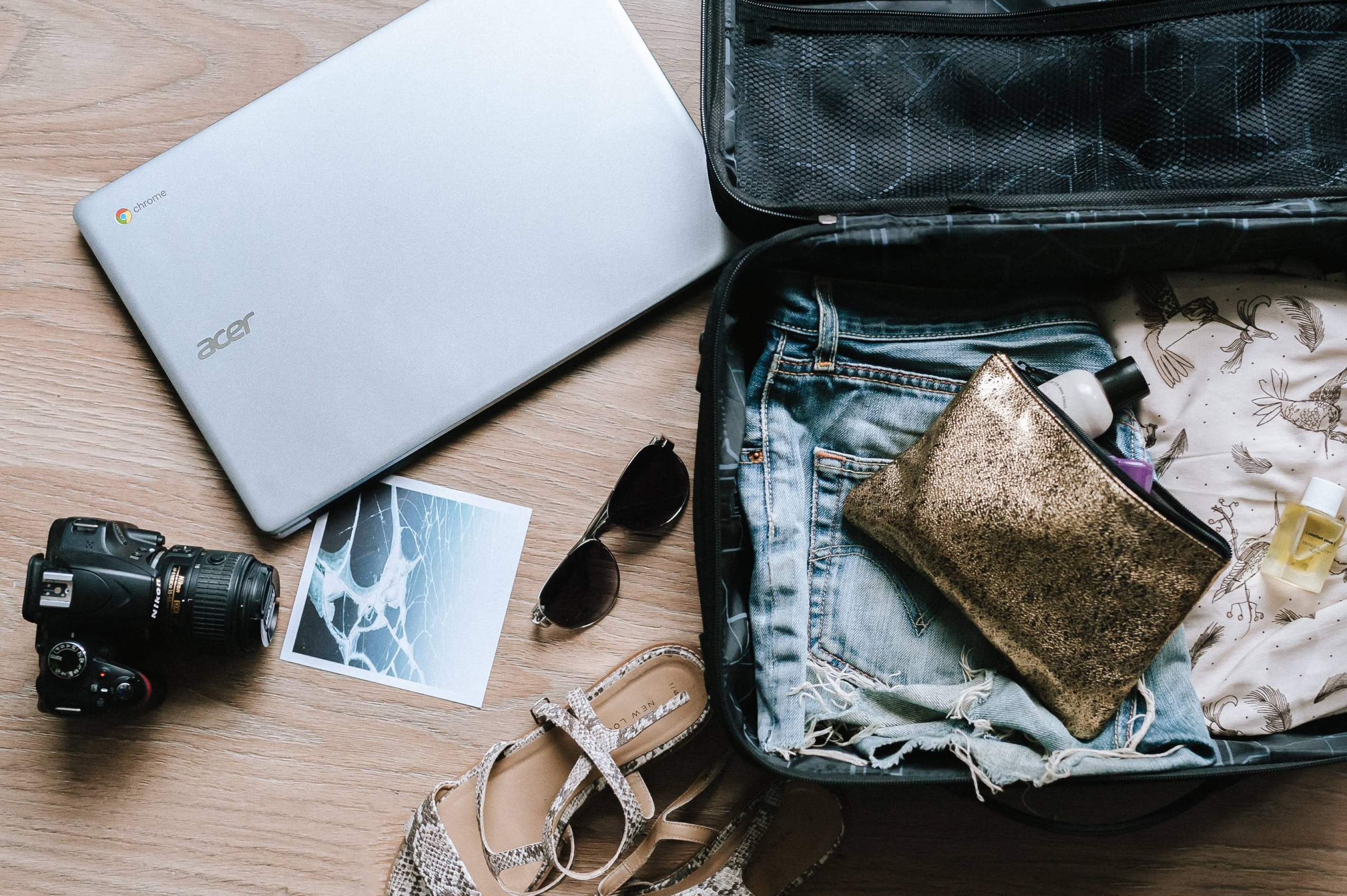
Provide packing tips to the traveller
A lot of destinations are becoming more aware of the role single-use plastics are playing in the pollution of their natural environment. Some destinations may have already started to do something about it, such as Fiji which has banned the use of plastic shopping bags. For those countries that have taken action to ban plastic bags, make sure your travellers are prepared and bring their own fabric shopping bags when visiting shops or local markets. Better yet, have your own reusable shopping bag with your logo on it and give it to the traveller to take with them.
As a tour operator, you don’t have much control over what the traveller does while on the road, but you do have a chance with the itinerary to suggest ways the traveller can be more sustainable. You can do this by encouraging travellers to think about what they take with them in their day bag and suggest they bring reusable items, such as a drink bottle, a coffee mug, straw and utensils. If the destination they are visiting doesn’t have a reliable water supply, tell the traveller so they can purchase a water bottle equipped with a filter system before they leave. By carrying reusable items, it means the traveller will limit the number of extras they need to buy throughout the day. So not only does it save plastic from getting thrown away, but it also saves them a little bit of money.
For tour operators, the traveller’s toiletries bag may not be top of mind, but it is where a lot of plastic containers can be found. To remind travellers of the sustainable options that are becoming more available for their toiletries bag, you could send them a link highlighting different sustainable products they could take with them, or, take it a step further and give them a gift card or sample pack for their journey. If the you know that the traveller will be visiting a destination where they will be swimming in an ocean or sea, tell them to bring reef-safe sunscreen or recommend a good option for them.
Consider how to guide the travellers actions
Encourage travellers to think about their actions when they are staying at their accommodation. A good example of this is to recommend that they limit their request for sheets and towels to be replaced with clean linens. By doing so, they are supporting the hotel in decreasing the energy and water use that it takes to clean all the linens every day. The travellers can further decrease the hotel’s water and energy usage by making sure they turn off all the lights in the rooms when they are finished with them.
As the tour operator, there is a bit of control over souvenir shopping because you can recommend the souvenir shops the travellers should visit. By highlighting the places where your traveller will most likely want to buy souvenirs and knowing the kind of souvenirs they are willing to purchase, you can add another layer of understanding about them. Travellers who purchase souvenirs from local businesses ensure that the money they spend on those souvenirs stays at the destination. Also, encourage them to learn about and consider what type of resources have been used to make the souvenirs before purchasing them.

At the end of the trip
You may need to consider a new way to ask for feedback from the traveller that also brings awareness to the overall impact of their trip. By looking at where they stayed, what transport they took and what activities they did during their entire trip, you can calculate their total carbon emissions and send them the result. You can even take it a step further and recommend a company to offset their carbon emissions that work within the destination the traveller just visited. This way, the traveller can feel like they are giving back to the destination they just had an incredible experience in and are contributing to protecting the destination.
Finally, it’s important to use the feedback the traveller gives you on the trip. If they fill out a questionnaire, make sure it includes questions about sustainable practices throughout the trip. As a result, you have the opportunity to adjust the itinerary to make a better, more positive impact on the destination for future trips, as well as educate the traveller on how to travel more sustainably.

